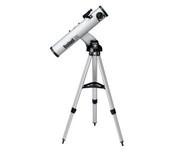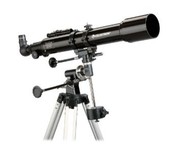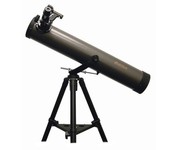Products reviews
Bushnell NorthStar 78-8846 (675 x 114mm) Telescope$249.00 to $549.00
Tags:bushnell, northstar, 78-8846, 675, x, 114mm, telescope, | Celestron PowerSeeker 70 EQ 21037 (35 x 70mm) Telescope$100.00 to $119.00
Tags:celestron, powerseeker, 70, eq, 21037, 35, x, 70mm, telescope, | Galileo FS-80 Telescope$65.00 to $80.00
Tags:galileo, fs-80, telescope, |
Bushnell NorthStar 78-8845 (675 x 114mm) Telescope
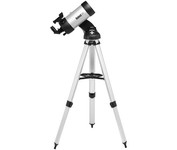
Our most powerfull, advanced technology reflector telescope with up to 675x magnification and massive 4 1/2 inch reflector mirror. "Goto" Computerized tracking technology. Red Dot LED finderscope. Remote hand-held control module. Camera adaptable. Quick release tripod. Kinematic mount. Accessory tray. 20,000 Object Onboard Starfinding Computer. 1.25" Format Eyepieces. Barlow Lens. A great starting telescope!Minimize
Celestron NexStar 114 SLT 31143 (270 x 144mm) Telescope
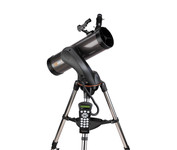
The NexStar 114 SLT has over twice the light-gathering power of an 80mm telescope! And the 114 SLT, like the other models in the SLT Series, comes with a fully computerized hand control with a database of over 4,000 celestial objects! With its pre-assembled, adjustable steel tripod, the NexStar 114 SLT can be up and ready to use in a matter of minutes. Our new SkyAlign alignment technology and the included StarPointer Finderscope with a red LED makes aligning a breeze.Minimize
Tasco Specialty 49TN Telescope
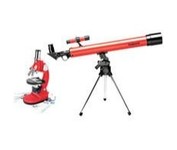
A classic, hand-held telescope with a gleaming brass finish and leatherette trim. Extends from 5.25" to 14" and includes an attractive leatherette carry case with wrist strap and belt loop.
Bushnell NorthStar 78-8890 (300 x 90mm) Telescope
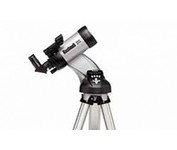
The NorthStar® telescopes offer amateur astronomers state-of-the-art computer-driven location and tracking capability with simple, push-button control. With a built-in data base of 20,000 celestial objects, you simply call up your target on the hand-held control module, enter a simple "Go To" command and the NorthStar computer does the rest. Once locked on, tracking the object for prolonged viewing is automatic. The innovative RVO (Real Voice Output) feature provides a fun, interactive way to explore the night sky. The remote, hand-held control module features red, backlit push buttons and a red, illuminated LCD read-out for easy viewing without impairing your night vision. Minimize
